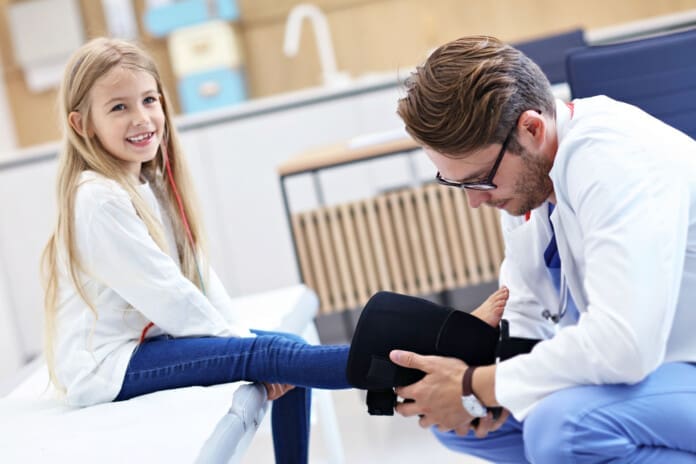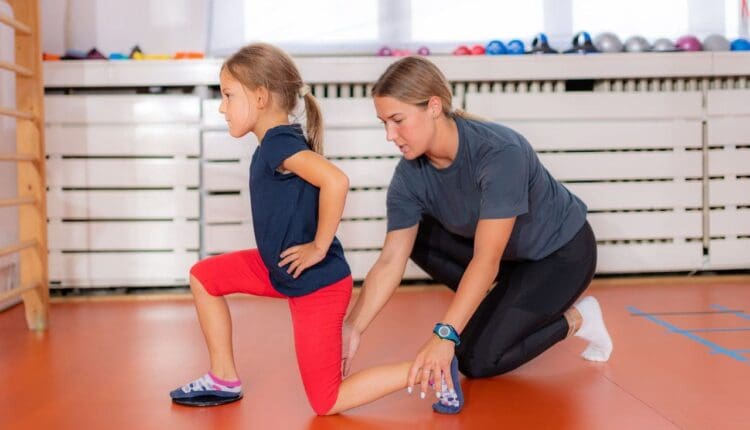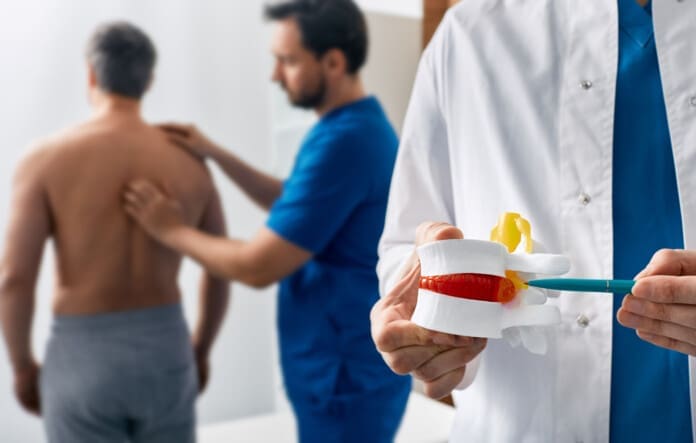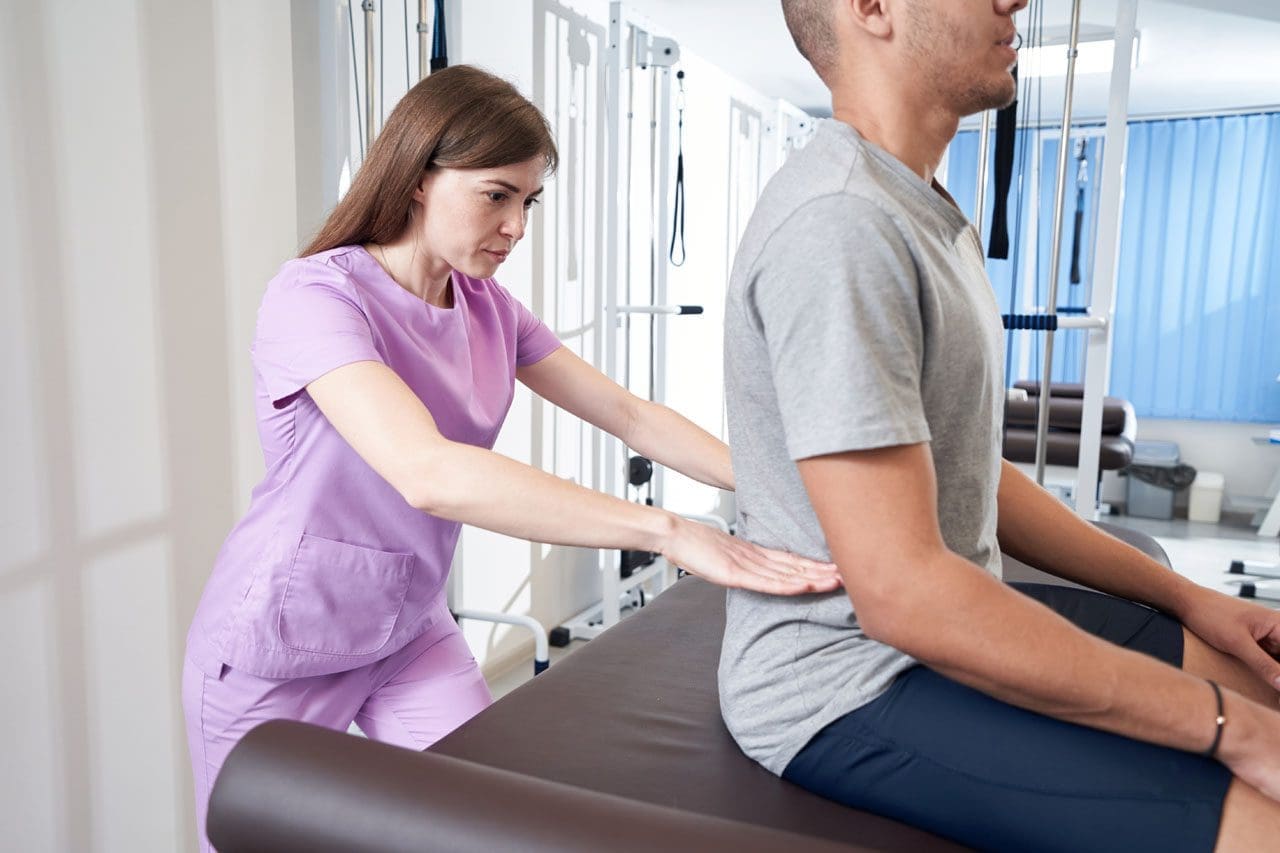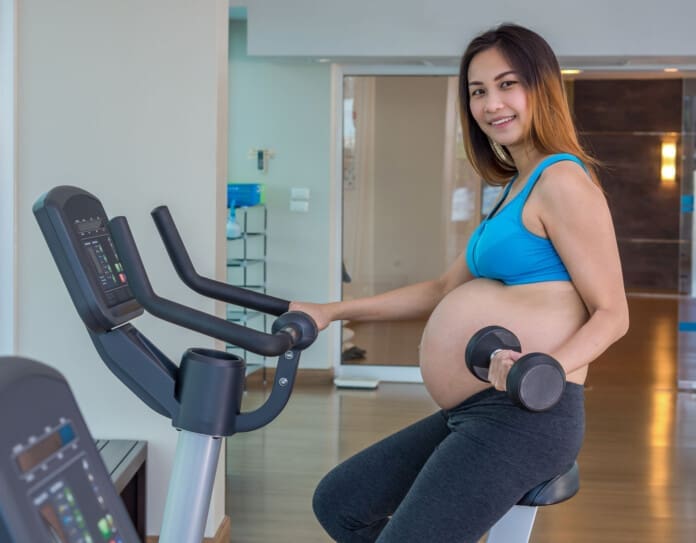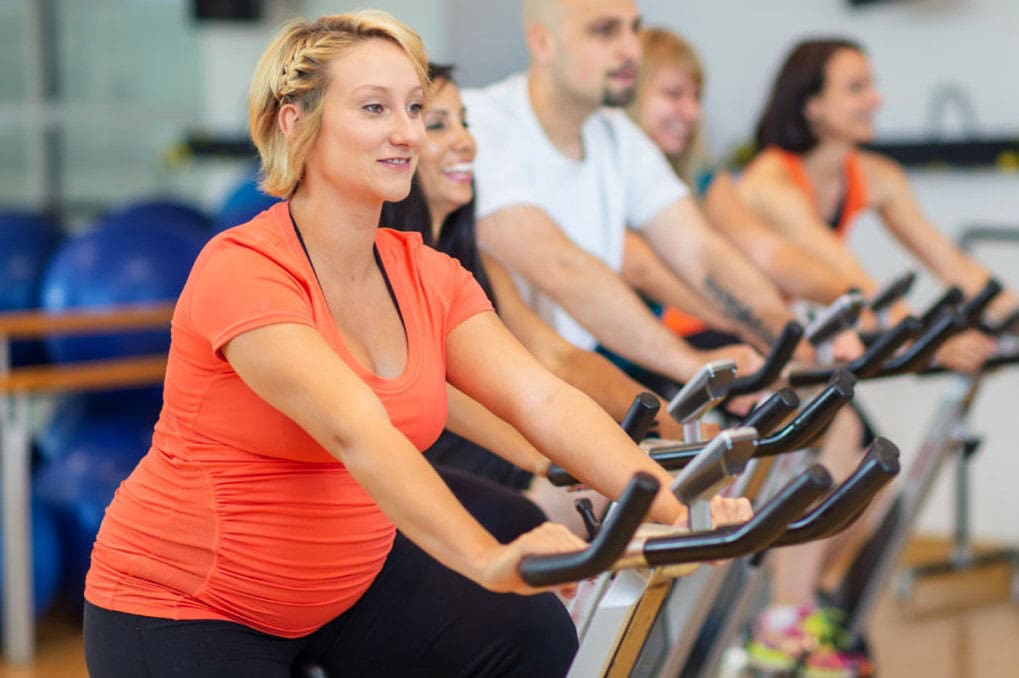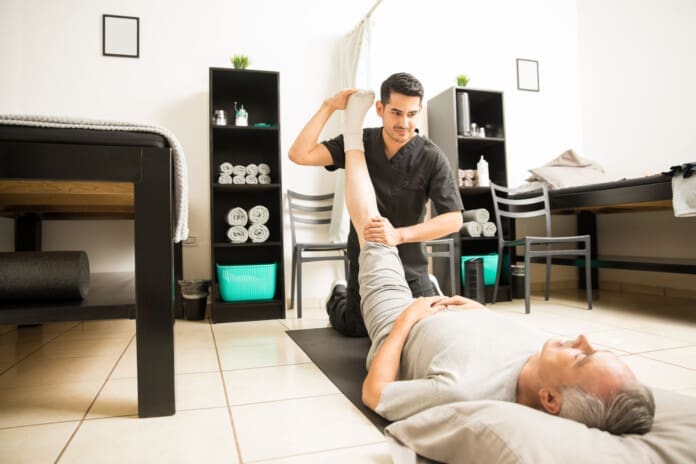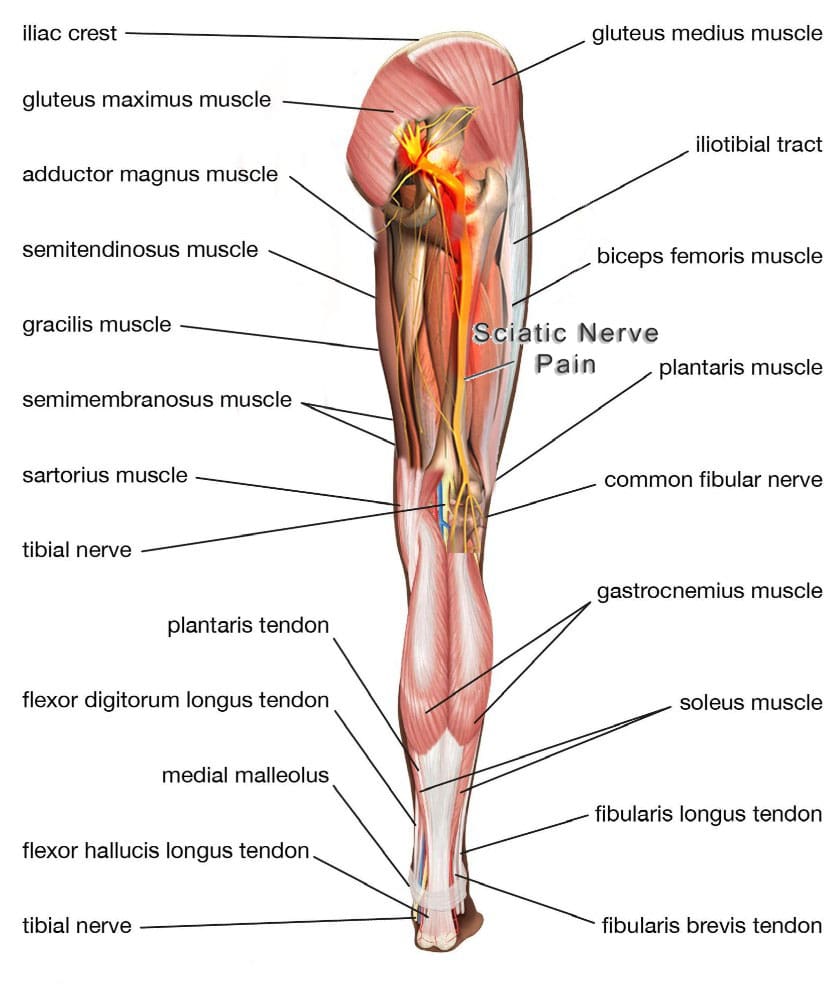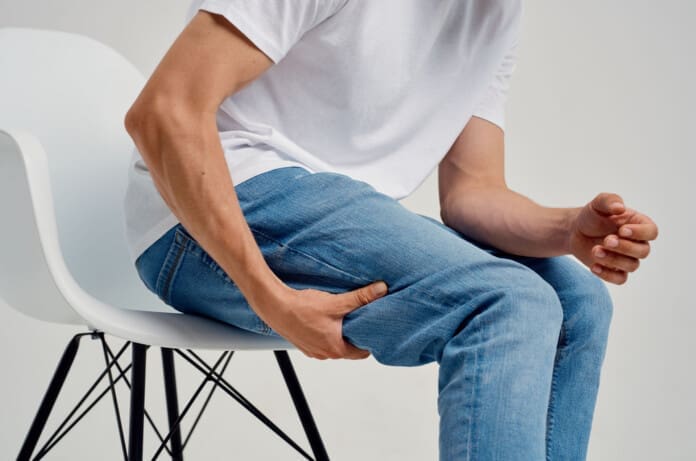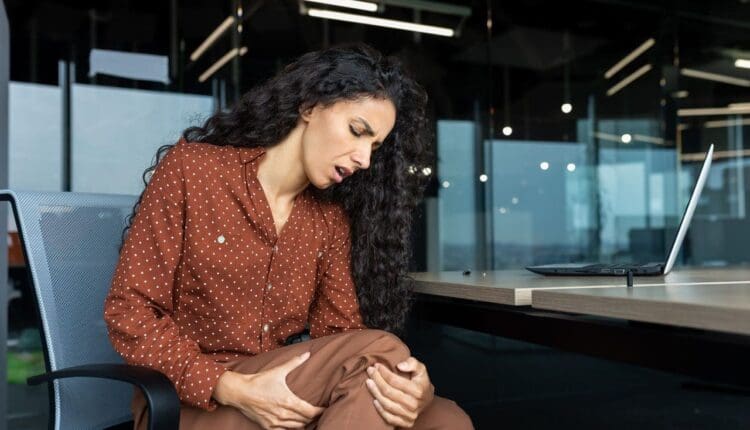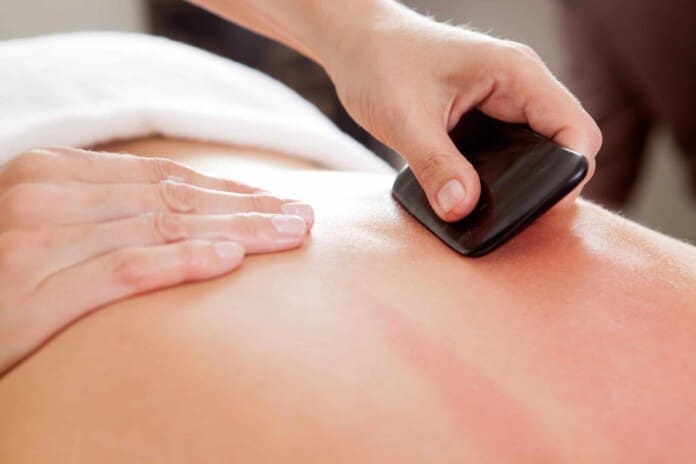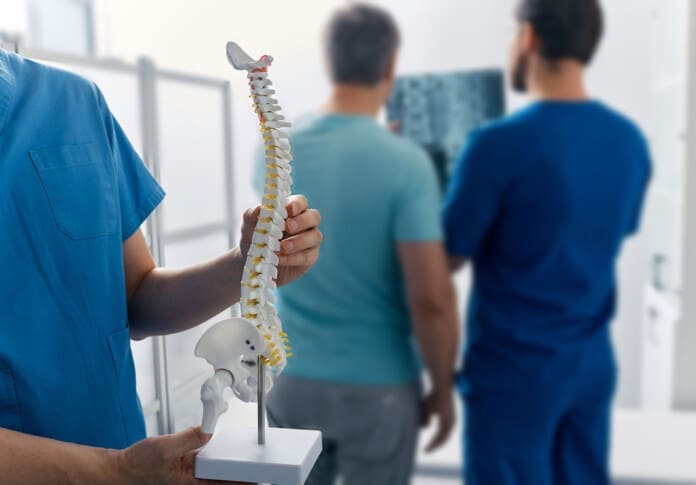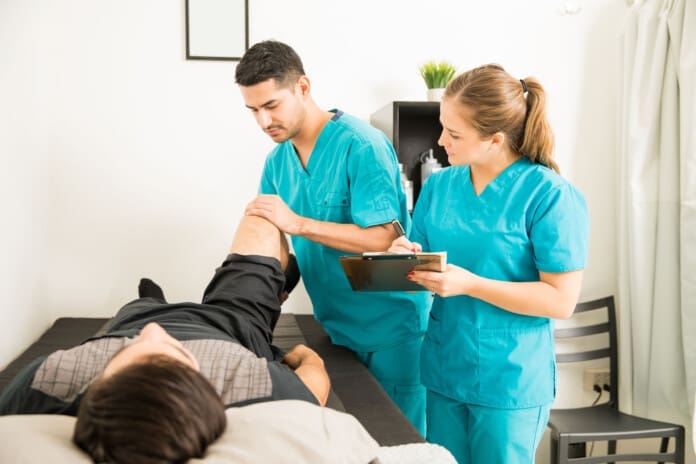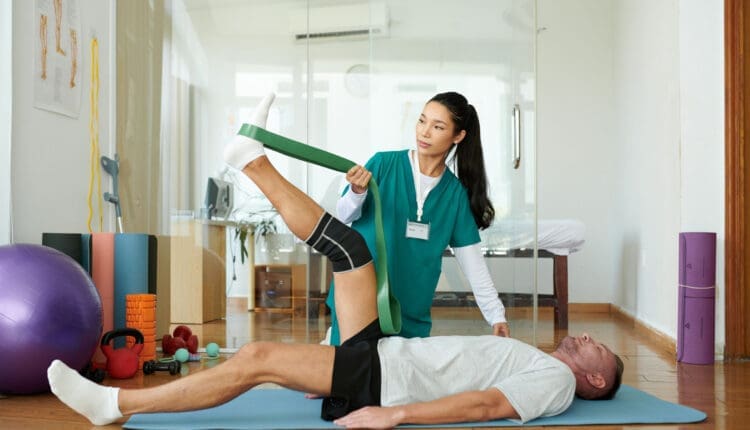Can adding fartlek training improve speed and endurance for runners and running enthusiasts?

Table of Contents
Running Fartlek Training
Fartlek training, which means speed play in Swedish, is a form of running training that involves alternating between bursts of fast running and slower recovery jogging.
- It is a form of interval or speed conditioning.
- It involves varying one’s pace throughout their run, alternating between fast treks and slow jogs.
- Workouts are unstructured and allow runners to decide the duration and intensity of the fast and slow sections.
- Unlike formal interval training, this flexibility offers a new way to improve speed, endurance, mental preparedness, and stamina.
Training Benefits
Traditional interval training uses specific timed or measured segments. Fartleks are more unstructured, with work-rest intervals based on how the body feels. With fartlek training, individuals can experiment with pace and endurance as they run, which helps them tune in to their body and adjust how it performs. Many runners enjoy the training because it involves speed work and is more flexible and less demanding.
- A stopwatch is not needed for time intervals.
- Training doesn’t have to be done on a track and can be performed on all terrain, such as roads, trails, or hills.
- The training stresses the body’s systems, leading to faster speeds and improving anaerobic threshold. (Bacon, A. P. et al., 2013)
- Improves the anaerobic threshold and increases the body’s ability to train longer at higher intensities. (Mazurek K. et al., 2016)
- This is due to an increased VO2 max, which measures how much oxygen the body can take in and use.
- A better VO2 Max generally leads to improved performance. (Scribbans T. D. et al., 2016)
Disadvantages
- Training includes a higher risk of injury and strain.
- Beginners are more prone to shin splints.
- The training is demanding, so it should not be done daily.
Workout
The method is to vary brief periods of slightly higher pace into regular runs (Kumar P. 2015). Maintain a faster pace for a short distance or time interval, such as 200 meters or 30 seconds. Intervals can vary throughout the workout, and landmarks such as streetlights or telephone poles can be used to mark segments instead of measuring miles or meters. Once a fast segment is completed, slow to below-normal running cadence until the body fully recovers and breathing returns to normal. Return to running normally and incorporate slightly faster intervals later in the run.
- Fartleks should be short because they are intense.
- The actual higher-pace portion of the run should last up to 30 seconds.
- Gradually add more time to the faster-paced portion as conditioning improves, up to 60 seconds.
Training Example
An example of a 40- to 45-minute fartlek workout suitable for beginners.
- 10-minute warm-up at a light pace
- 1 minute on (fast pace)
- 2 minutes off (easy)
- 2 minutes on
- 1 minute off
- Repeat the set 3 to 4 times
- 10-minute cooldown at an easy pace
Remember that beginners should go slow when introducing fartlek training into their workouts. It is more intense and can increase the risk of injuries and strains, such as shin splints. Get help from a running coach or trainer if you are unsure how to incorporate the training into your routine.
Training on a Treadmill
Speed play can be done on a treadmill. The idea is to find ways to create speed variation intervals and help relieve treadmill boredom. Some examples include:
- If watching television, use commercials to go into speed intervals.
- At the gym, make a game out of the sprints and/or
- Speed up during certain parts of songs where you can feel the energy moving you faster.
One precaution is learning to use the treadmill’s buttons to increase and decrease the pace. This can slow you down and disrupt form, so maybe do longer durations for each phase so there is less contact with the control panel.
Injury Medical Chiropractic & Functional Medicine Clinic
Fartlek training is an excellent way to add variety, fun, and interest to running. This speed work can also enhance performance, increase cardiovascular output, and allow individuals to run at higher intensities for longer periods. Injury Medical Chiropractic and Functional Medicine Clinic works with primary healthcare providers and specialists to develop an optimal health and wellness solution. We focus on what works for you to relieve pain, restore function, and prevent injury. We can also work with other medical professionals to integrate a treatment plan to resolve musculoskeletal issues.
Building a Stronger Body
References
Bacon, A. P., Carter, R. E., Ogle, E. A., & Joyner, M. J. (2013). VO2max trainability and high-intensity interval training in humans: a meta-analysis. PloS one, 8(9), e73182. https://doi.org/10.1371/journal.pone.0073182
Mazurek, K., Zmijewski, P., Krawczyk, K., Czajkowska, A., Kęska, A., Kapuściński, P., & Mazurek, T. (2016). High-intensity interval and moderate continuous cycle training in a physical education programme improves health-related fitness in young females. Biology of Sport, 33(2), 139–144. https://doi.org/10.5604/20831862.1198626
Scribbans, T. D., Vecsey, S., Hankinson, P. B., Foster, W. S., & Gurd, B. J. (2016). The Effect of Training Intensity on VO2max in Young Healthy Adults: A Meta-Regression and Meta-Analysis. International journal of exercise science, 9(2), 230–247. https://doi.org/10.70252/HHBR9374
Kumar, P. (2015). Effect of fartlek training for developing endurance ability among athletes. Int J Phys Ed Sports Health., 2(2), 291-293. https://www.kheljournal.com/archives/2015/vol2issue2/PartE/3-3-75-957.pdf




